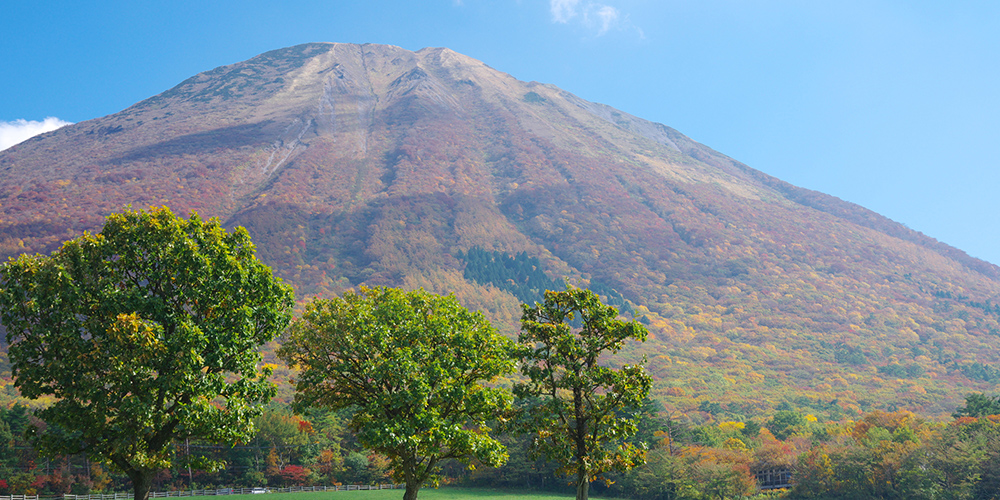
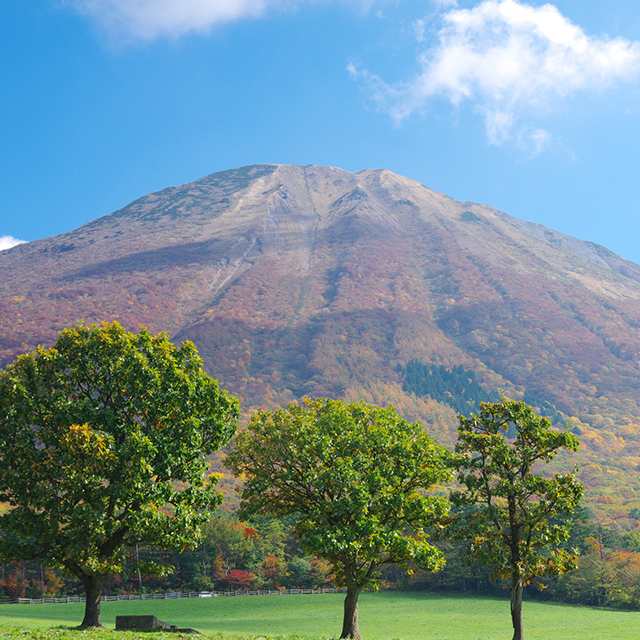
Tune up mind and body climbing the famous Mt. Daisen and staying in temple lodgings
Head to Mt. Daisen for a stunning view of the Japan Sea from the peak and the ancient temple
Mt. Daisen is abuzz with climbers during the high season, who flock to its natural wonders including the panoramic view of the Japan Sea and the changing seasonal sights. At 1729m, it is the highest peak in the Chugoku region and also goes by the name of “Hoki Fuji”, a tribute to its resemblance to Mt. Fuji. Daisen has long been a mecca for mountain worshippers and 2018 marks 1,300 years since the mountain was first opened (when Daisen-ji Temple was founded). Head to Daisenji Temple before starting your climb. En route you may encounter jizo figurines with soft expressions. Your mind will be cleansed by the quaint scenery as you climb the cobblestone road, with clear waters running down the side and mossy growth in abundance.(This information is as of December 2017)
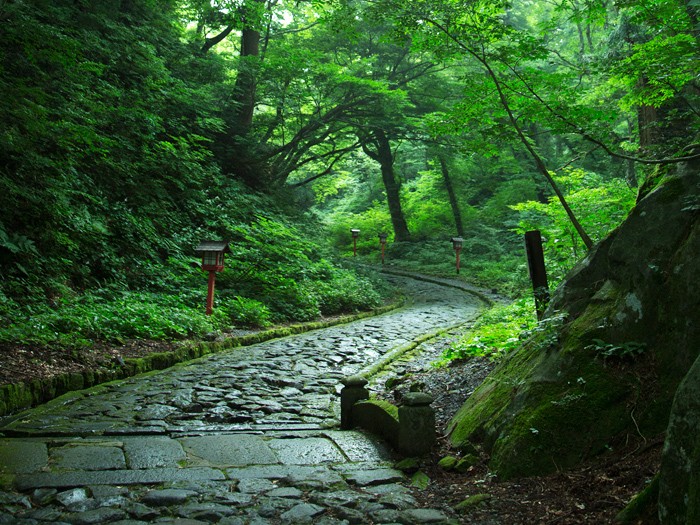
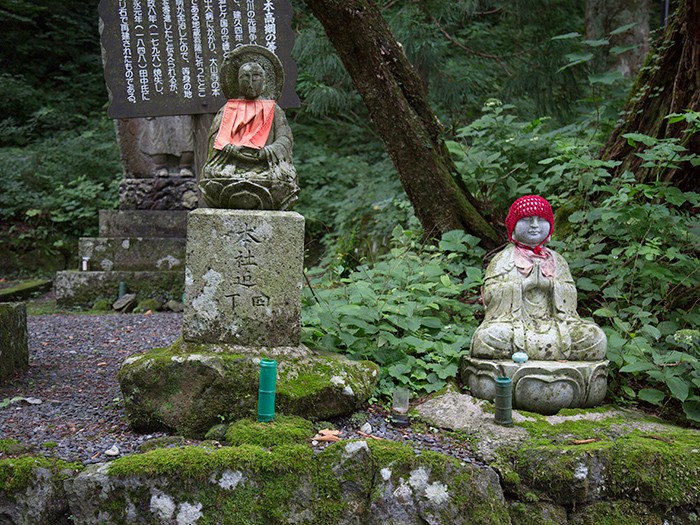
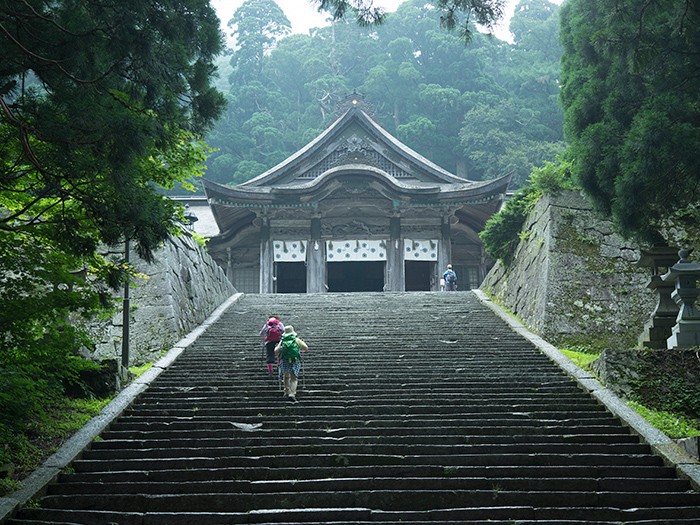
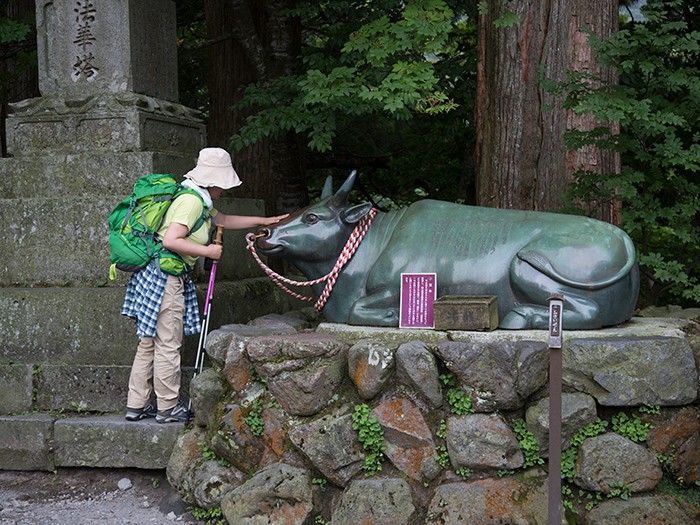
The nadeushi, or “touching cow” at Daisenji, said to answer your prayers if you stroke it and make a wish
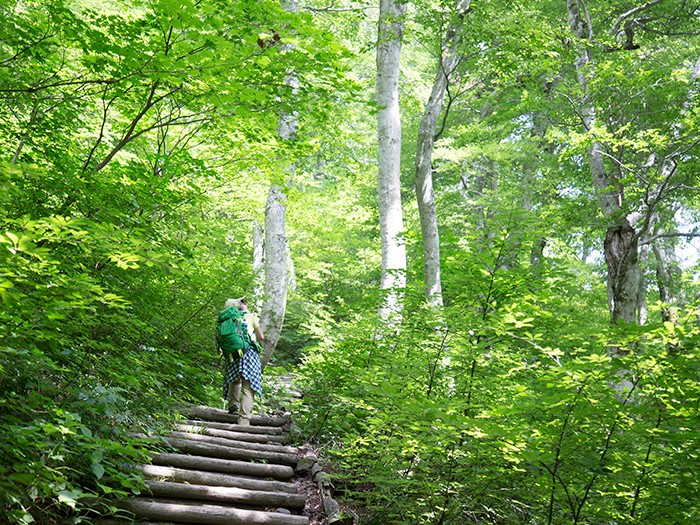
Coming back down the mountain, the next stop is the famous “shukubo” temple inn Sanrakuso, which typically provides lodgings for monks and worshippers but is very popular among all kinds of travelers. The shojin ryori (vegetarian cooking aligned with Buddhist beliefs) is highly reputed here, allowing enjoyment of the local produce with all five senses, from tempura of wild mountain vegetables (sansai) to Daisen Okowa, a dish of steamed glutinous rice and sansai.Wake up to the ringing bells of Daisenji. Time spent in such historical and cultural accommodations make this a highly memorable trip.
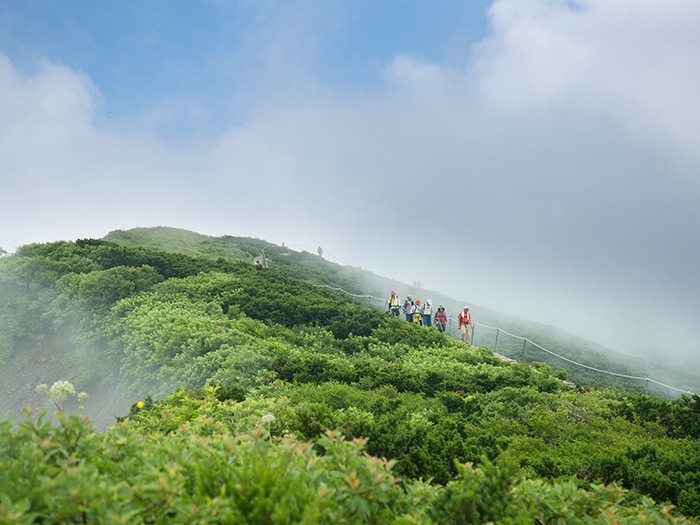
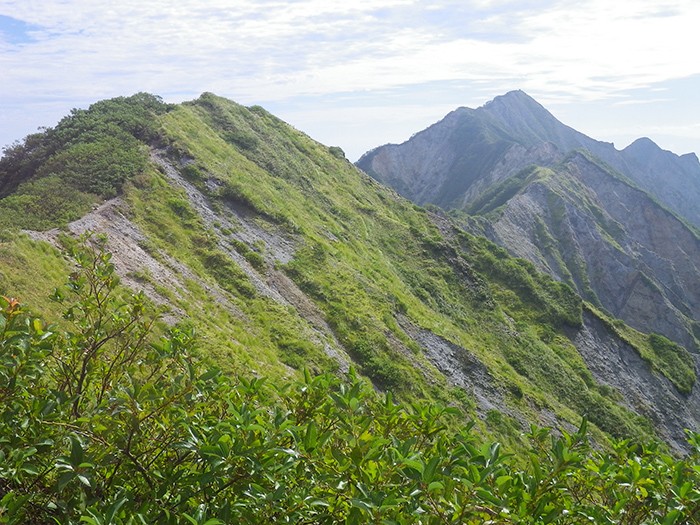
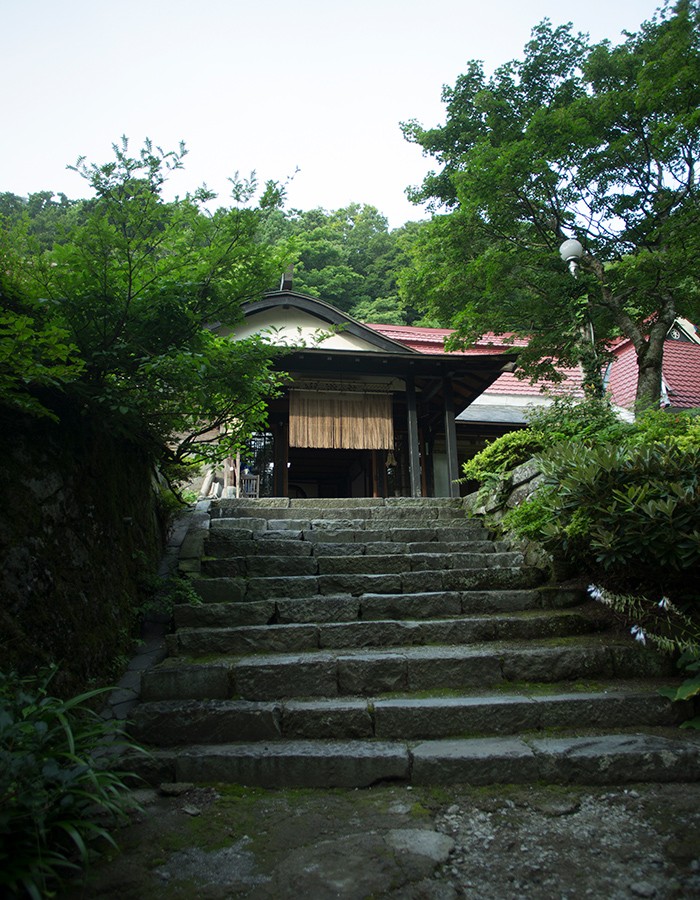
Coming back down the mountain, the next stop is the famous “shukubo” temple inn Sanrakuso, which typically provides lodgings for monks and worshippers but is very popular among all kinds of travelers. The shojin ryori (vegetarian cooking aligned with Buddhist beliefs) is highly reputed here, allowing enjoyment of the local produce with all five senses, from tempura of wild mountain vegetables (sansai) to Daisen Okowa, a dish of steamed glutinous rice and sansai. Wake up to the ringing bells of Daisenji. Time spent in such historical and cultural accommodations make this a highly memorable trip.
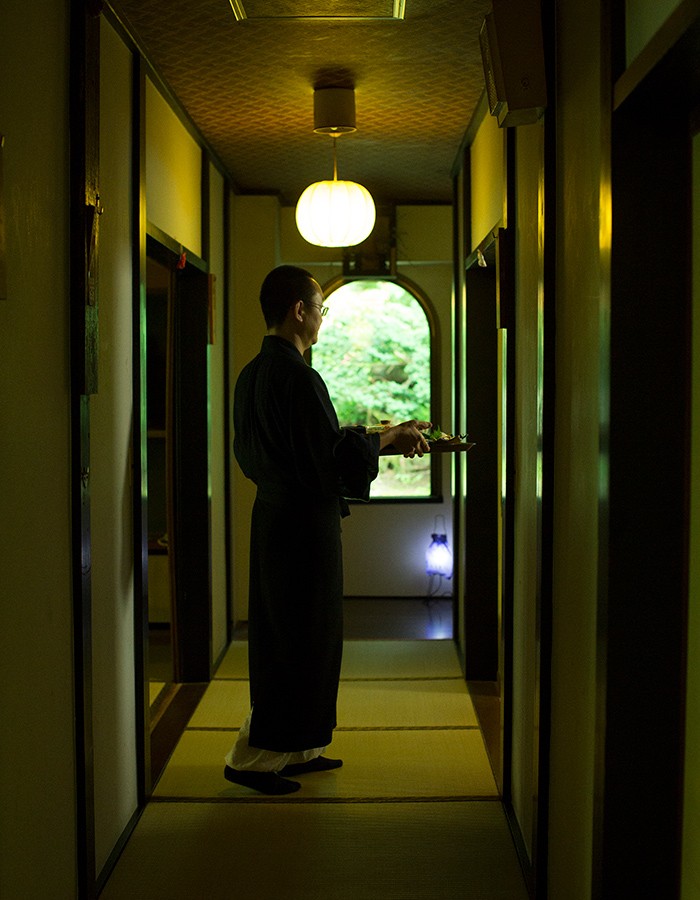
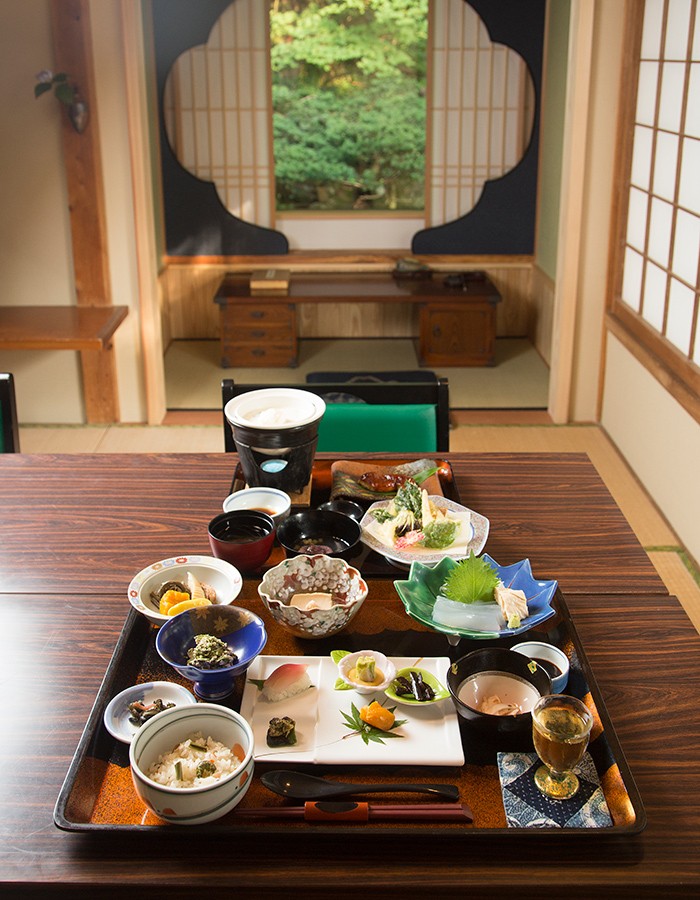
The dinner served for the one night with two meals (12,960 yen). The traditional Daisen cuisine that promises health and a long life has been designated as part of the Daisen hyaku-sai shoku (“Daisen live 100 years diet”)

If you are climbing the next day, reserve a lunch bento box at check-in to take with you in the morning for 700 yen. Or you can swap breakfast for the bento box free of charge
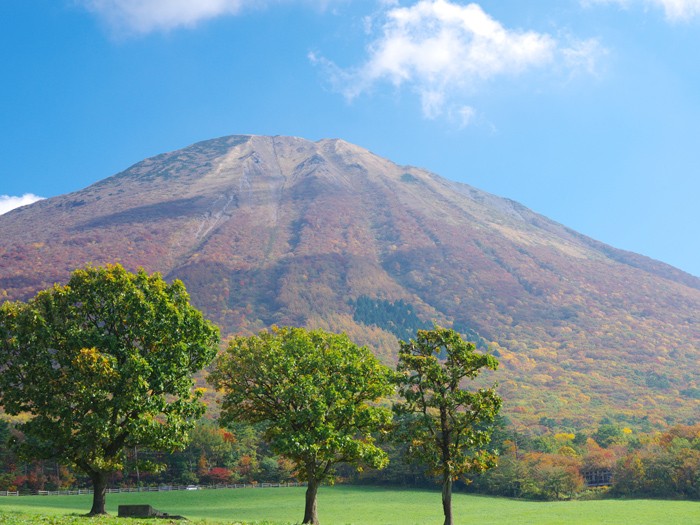
Daisenji Temple (Tendai Sect Quasi-Head Temple)
- Adress
- 9 Daisen, Daisen-cho, Saihaku-gun, Tottori [Map]
- TEL
- +81-859-52-2158
- Open
- 9:00-16:00
- Closed
- Temple visits may not be possible on some days due to heavy snow. The “Reihokaku” hall of treasures is closed from 1 December to 31 March.
- Parking
- Please use the Nanko-gawara Parking Lot or the Daisen Prefectural Parking Lot (fees payable for winter parking)
- URL
- Website
- Acsess
- Take a Nihon Kotsu bus from JR Yonago Station for Daisenji, alighting at Daisenji bus stop (around 50 minutes), then 10 minutes’ walk to the Daisenji-sando (temple road)
- Credit card
- not accepted
- Remarks
- *Entry to the temple is 300 yen
MAP
Shukubo Kansho-in Temple Sanrakuso
- Adress
- 14 Daisen, Daisen-cho, Saihaku-gun, Tottori [Map]
- TEL
- +81-859-52-2006
- Parking
- 20
- URL
- Website
- Acsess
- Take a Nihon Kotsu bus from JR Yonago Station for Daisenji, alighting at Daisenji bus stop (around 50 minutes), then 10 minutes’ walk from the bus stop
- Credit card
- accepted
- Remarks
- *A night with two meals starts from 8,640 yen
MAP
